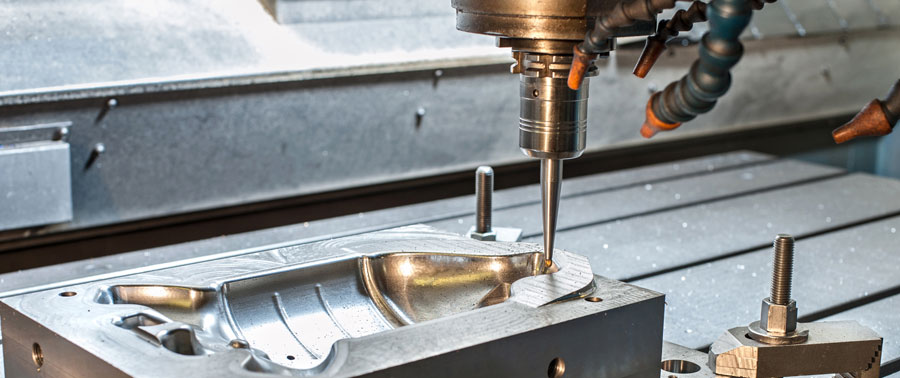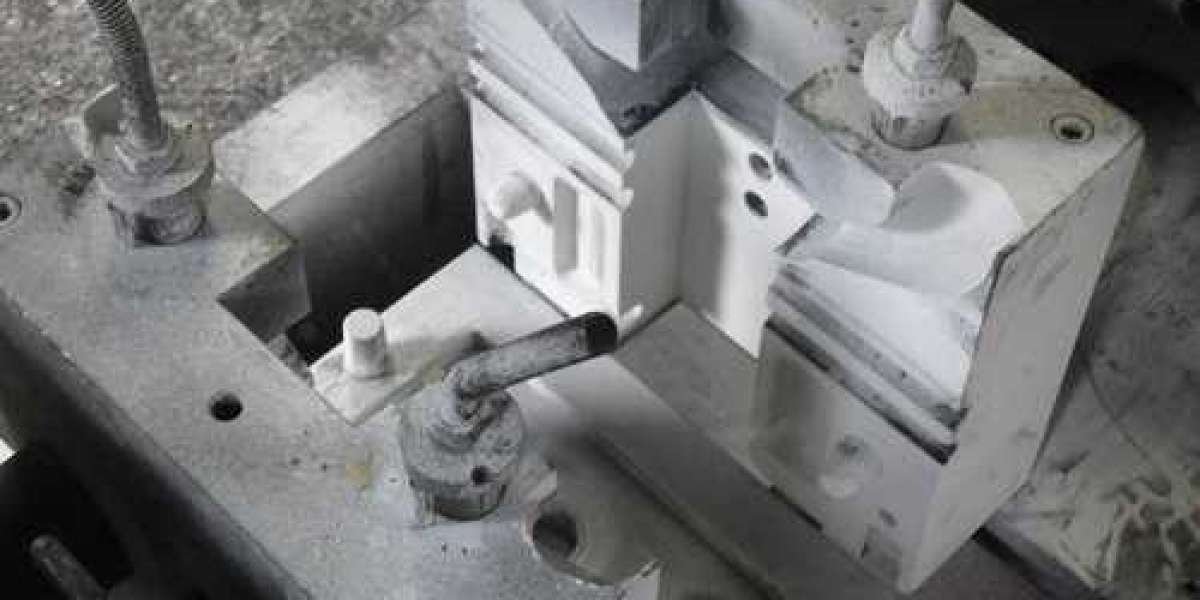CNC is an abbreviation for computer-controlled automated machine tool, which is an abbreviation for computer-controlled automated machine tool, which is an abbreviation for computer-controlled automated machine tool, which is an abbreviation for computer-controlled automated machine tool, which is an abbreviation for computer-controlled automated machine tool, which is an abbreviation for computer-controlled automated machine tool, which is an abbreviation for computer-controlled automated machine tool, which is an abbreviation forThe use of a tooling system allows for the transformation of a blank into semi-finished parts to be accomplished. An automated tooling system processes the program specified by the control code or other symbolic instructions logically and then transforms it into semi-finished parts through computer translation, allowing the machine tool to perform the specified operations on the program. A numerically controlled machining system that is intelligent in its inverse simulation is required in order to perform numerically controlled machining.
In Virtual NC, the simulation of NC controllers and machine tools in real time is carried out on the computer's side, as is the execution of real-time checks on the NC machining process that is carried out on the machine tool by the virtual controller. Virtual NC is a software package that includes several components. This is accomplished on the computer's side through the use of virtual machine tools, inverse post-processors, and other techniques, among them. It is possible to simulate CNC machining programs with a high degree of zinc die casting products accuracy by using input data from the machine, tool, blank, and fixture. Using this method, errors that occur during the machining process can be detected more quickly, resulting in more accurate results in the final product.
In NC (Numerical Control) technology, digital instructions composed of numbers, characters, and symbols are used to control the motion of one or more mechanical devices. In traditional control technology, analog signals are used to control the motion of one or more mechanical devices, rather than digital instructions, to control the motion of the devices. NC technology is another term for this type of technology that is used in a different context than the one mentioned above. It is commonly referred to as computer numerical control (CNC) in the United States, and the term numerical control is also frequently used in other countries to refer to numerical control when it is applied to manufacturing processes. CNC is an abbreviation for computer numerical control, which is what it is used to refer to in this context. A general-purpose or specialty computer is typically used to implement numerical control in a digital environment, with the digital program control being implemented using a general-purpose or specialty computer as a backend.
Making a minor modification to the numerical control program for processing aluminum alloy die castings can sometimes be all that is required. In turn, this will reduce the amount of time and money spent on tooling prior to production.
It has a high degree of automation, which can reduce labor intensity; a high degree of rigidity, which can reduce processing consumption; and a high level of productivity (which is generally 3 to 5 times higher than that of ordinary machine tools). It has a high degree of automation, which can reduce labor intensity; a high degree of rigidity, which can reduce processing consumption; and a high level of productivity (which is generally 3 to 5 times higher than that of ordinary machine tools).
Technical proficiency is required of maintenance personnel, and operators are expected to deliver high-quality products to their customers. A high standard is set for maintenance personnel and operators, and operators are held to a high standard as well, according to the company.
In order to resolve die casting leakage, a variety of different approaches can be used, each one tailored to the specific situation.
Improvements to the gating system that are both reasonable and practical should be implemented.
3. Select an alloy of exceptional quality for your specific application.
Before proceeding with the diecasting process, check to see that there was no entrainment of air during the hot mold stage of the process. As a result, the alloy is unsuitable for use in the vast majority of industrial applications due to its poor flow and fusion properties, as well as its high cost, among other factors precision die casting supplier. Experiment with different sizes of slag collection bags while simultaneously lengthening the exhaust pipe by an appropriate margin in order to put this hypothesis to the ultimate test.
Making every effort to avoid the need for machining, or, if it is necessary, using the smallest machining allowance that can be obtained by hand, if at all possible, is the sixth step in the process.
When it comes to inspecting the internal quality of die castings, X-ray flaw detection, which is a relatively new technique for inspecting internal flaws, is also used to ensure that they are free of defects. These techniques include, among other things, the application of coatings that emit little gas and the impregnation of die castings, to name a few examples.
Damaged molds should be inspected and repaired as soon as they are discovered, and the process protection level should be increased if necessary.
When it comes to die castings in general, and specifically aluminum die castings, I'm curious about the most effective method for dealing with the problem of water leakage in die castings in particular.
For the purpose of improving the aesthetics of aluminum alloy die castings, it is important to select the most appropriate technology for the specific requirements of aluminum alloy die castings as well as to obtain a high-quality film layer that meets the requirements of aluminum alloy die castings. Specifically, it is necessary to do so by first selecting the most appropriate technology for the specific requirements, and then applying that technology to the die casting process, which will be discussed in greater detail further down in this section. First and foremost, we must understand the fundamental issues that exist in each of the various appearance processing techniques that are currently available in order to fully comprehend the fundamental issues that exist in each of the various appearance processing techniques that are currently available. It will be possible to proceed to the next step once we have gained an understanding of the fundamental issues that exist in each of the various appearance processing techniques that are currently available. First and foremost, we must understand the fundamental issues that exist in each of the various appearance processing techniques that are currently available in order to fully comprehend the fundamental issues that exist in each of the various appearance processing techniques that are currently available. It will be possible to proceed to the next step once we have gained an understanding of the fundamental issues that exist in each of the various appearance processing techniques that are currently available. 
A significant difference between anodic oxidation film formation and chemical film formation is that anodic oxidation film formation occurs under the influence of an applied voltage, and as a result, it does not have to comply with the same stringent requirements for the appearance quality of die casting parts as chemical film formation. Even if the surface of the die casting has not been pretreated, it is possible to analyze the die casting in order to determine the optimal processing voltage and processing time for the die casting in question. This is especially true for die castings that have not been previously treated on the surface, such as zinc alloys, which are particularly susceptible to corrosion. When a treatment solution is applied to a metal surface, anodizing films are formed on the surface. In choosing a treatment solution, the most important factor to consider is the efficiency with which it performs.
The lower requirements for appearance quality in die castings as compared to other types of castings means that the release agent has more opportunities to enter the treatment liquid during and after the casting process, resulting in better overall casting quality in the finished product. A decrease in the agility of a treatment liquid may result from the use of an incorrect release agent for a specific type of treatment liquid, which may result in the treatment liquid failing to function properly. A failure of some treatment liquids may be caused by formation of a plasma micro-arc oxidation film, and the appearance of the treatment as a result of this failure may be altered. Anodizing films that are consistently formed require the use of a release agent and treatment liquid that have been carefully chosen, as well as the maintenance of a constant temperature for the treatment liquid.



